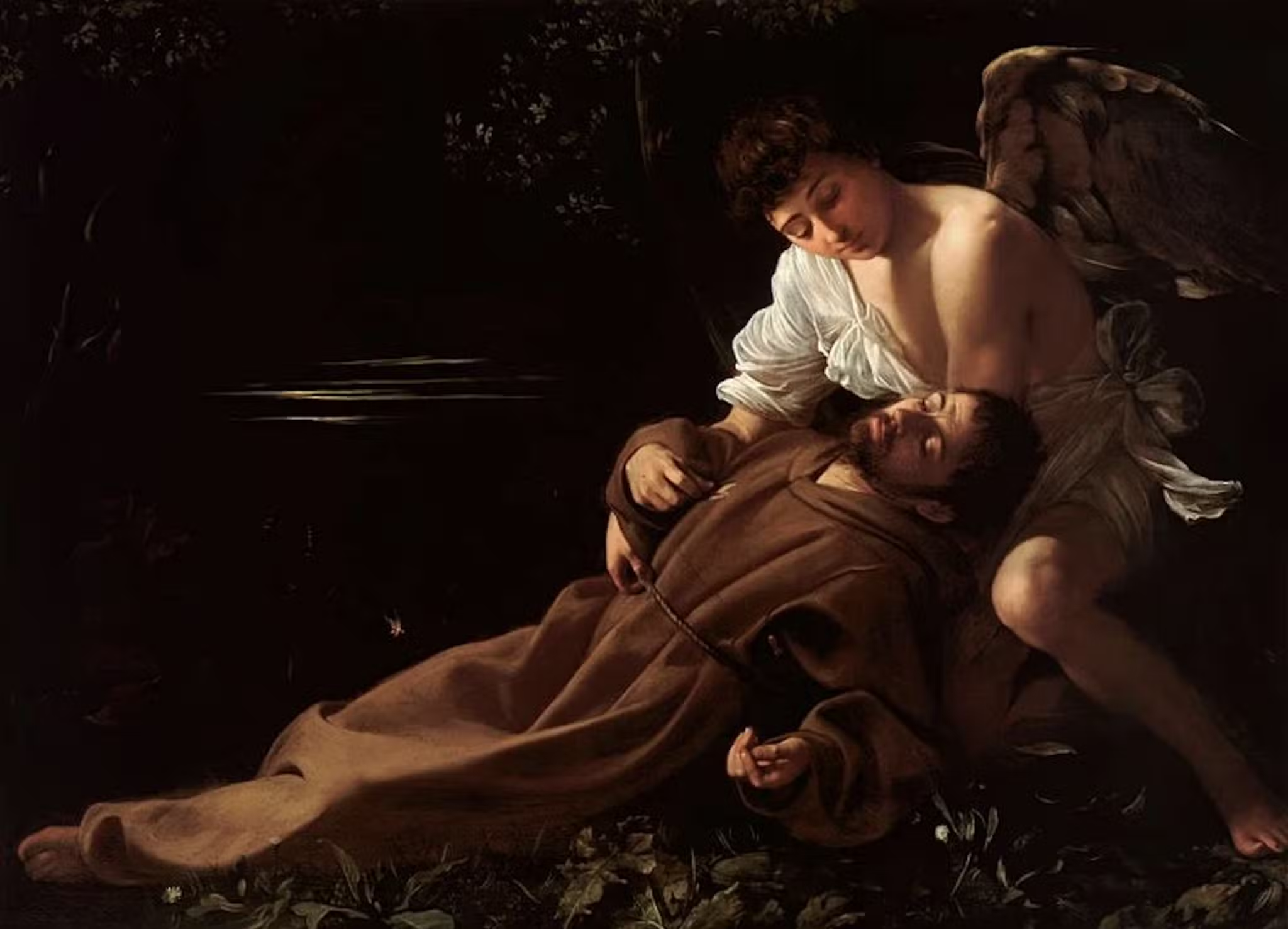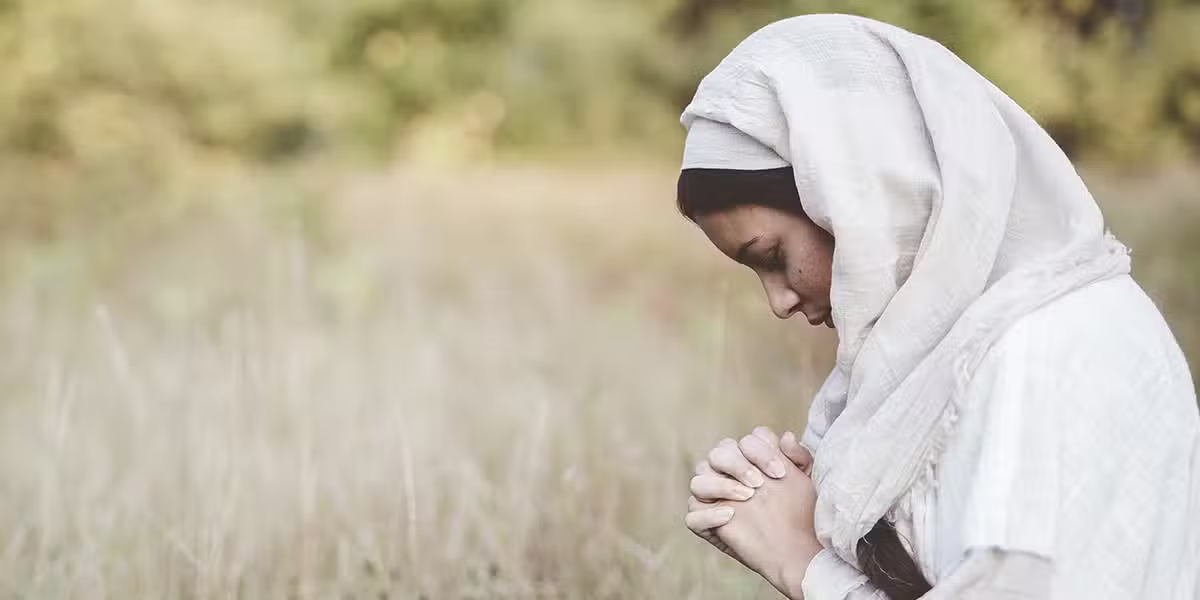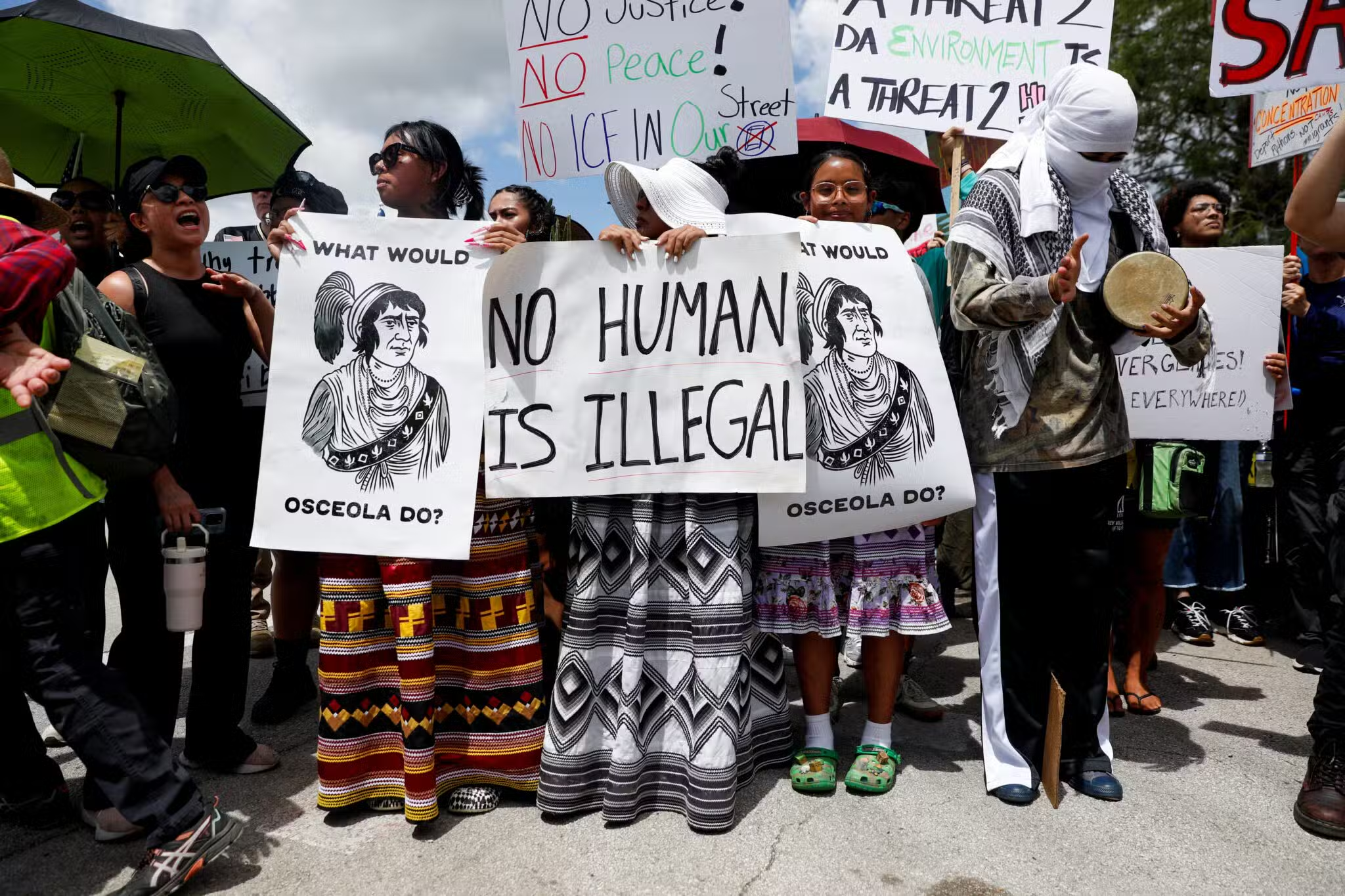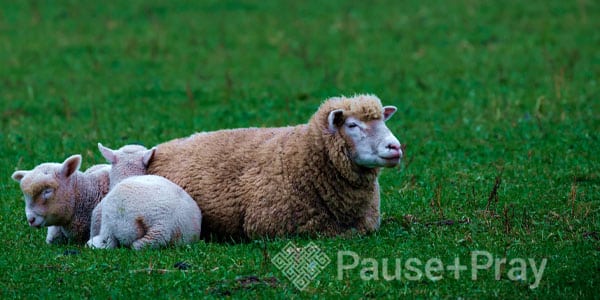He is born in 1182 in the Umbrian town of Assisi and is baptized, John. At the time of his baptism his father is away on a business trip to France; and when he returns, he changes his son’s name to Francesco, the Frenchman.
True to his name, the boy grows up enamored of the French language and of the tales of the knights and ladies of French romance. He is a carefree, generous young man who pursues the good life with gusto, partying and carousing with his friends.
But throughout all the levity of his younger years, he dreams of becoming a knight, a serious, bloody enterprise. And when a war breaks out between Assisi and its neighbor, Perugia, he gets his chance to ride off to war in hopes that his valor will earn him knighthood. Instead, the Assisi troops are defeated in the very first skirmish, and Francis is captured and made a prisoner of war in Perugia.
How could he have known that this was the end of war for him, this humiliating defeat of his hometown? And how could he have known that the year of imprisonment in a Perugian prison would change him so deeply? At just twenty-one years old, Francis returns home to Assisi a broken man, to lie in bed for a year. The richest young man in Assisi, Francis spends a year in prison, then a year in bed. His companions had dubbed him the King of the Revels: Francis, the son of the cloth merchant
Pietro Bernardone and the French woman Lady Pica. And now there are no revels for him. Instead, he is imprisoned by the effects of his experience in battle, a battle that leaves him broken, both physically and psychologically.
When he begins to heal, he thinks his cure will come by conquering his fear and getting back on his war horse. He decides to go to war again as a knight in the papal army battling the forces of the Holy Roman Emperor, but God has other plans. In a vision, God tells Francis to return to Assisi where it will be revealed to him what he is to do. And so Francis retreats from war, returning home once again, this time looking like a coward who has deserted even before he gets to the battle itself. He roams the countryside feeling lost and abandoned; he visits abandoned churches.
Then one day while he is praying before the crucifix of the dilapidated little chapel of San Damiano outside the walls of Assisi, he receives his call from God. From the crucifix comes the voice once again, “Francis, go and repair my house which, as you see, is falling into ruin.”
Francis is to build and to repair, not to tear down with weapons of destruction. He begins to beg stones and repairs with his own hands the run-down chapel of San Damiano, which is the “house” Francis believes his vision refers to. It is this house, this little church, but it is more. It is the larger house, the Church of Christ itself that he is to repair.
Francis learns this larger implication of the vision one day when he sees a leper on the road and impulsively jumps from his horse, gives coins to the leper, and embraces him. Unbelievably, he is not repulsed but filled with joy, for he realizes he has embraced his Lord, Jesus Christ.
And so it happens that Francis goes to live among the lepers, ministering to them and learning from them. Here, he realizes, are the living stones; and together, they are building the kingdom of God on earth. Here is God among the rejected, the despised, the poor.
Thus, it begins, the Franciscan rebuilding of the Church. Others soon join Francis, and they become a brotherhood, and the Church approves their way of life to live with the poor as poo men who observe the Holy Gospel wholeheartedly. Francis and the brothers preach and work with their hands for their daily bread; and when they receive nothing for their labor, they beg for food. They continue to live with the lepers, making mercy with them and making peace with them and with all people and all creation by making peace with their own aversion to the lepers. They embrace them, instead of running away.
Women come to join them; the first is Clare, the daughter of the knight Favarone di Offreduccio. And the Bishop of Assisi gives Clare and her companions, as their cloister, the once abandoned church of San Damiano, the church Francis himself restored with his own hands at Christ’s command. There they live in extreme Gospel poverty in contemplation of the Poor Crucified Christ.
They work with their hands and depend on the begging of the brothers for their sustenance. They pray for and minister to the sick who are brought to their door. Francis, in the meantime, is expanding the brothers’ ministry beyond Assisi to all of Italy and beyond. He himself, with one or two brothers, makes missionary journeys preaching conversion and forgiveness which he sees as the means of peacemaking.
He travels to Spain, France, Switzerland, Dalmatia, and even to Syria, the Holy Land, and Egypt during the Fifth Crusade. He tries to be a peacemaker between the Christians and Muslims, going so far as to enter the camp of the sultan, again preaching conversion of heart and forgiveness. The sultan listens and gives Francis safe passage through his kingdom. The animal and plant worlds, too, receive Francis’s compassionate love. He reaches out to and reveres all created things.
He preaches to the animals and birds and fish. He embraces and tames the ravenous wolf of Gubbio. He preaches always the God-man, Jesus Christ. Francis tries to make him visible and tangible, as when, three years before his death, he celebrates Midnight Mass with live animals to recreate the first Christmas, thus popularizing the tradition of the Christmas crib.
The following year, while Francis is in deep prayer on the mountain of La Verna in Tuscany, he receives the sacred stigmata, the five wounds of Christ, becoming himself a visible image of his crucified Lord. He then returns to Assisi, to the church of San Damiano where
Clare and her sisters have a small lean-to built for him next to the church where Christ spoke to him from the crucifix. Two months later he sings his “Canticle of the Creatures,” his swan song that sums up his life and attests to the peace, joy, and integration a life of love and forgiveness brings. He sings of all creatures as his brothers and sisters and bids them forgive one another if they want to be crowned by God. He then welcomes even death as his sister and embraces her. He is forty-four years old. It is the year 1226.
The man who longed to be a knight, a man of war, dies a man of peace, at peace with God, with himself, and with all of creation. God had changed his heart, and his changed heart changes the world.









4 thoughts on “The Brief Life of St. Francis”
I am very fortunate enough to know about St. Francis through your your great channel, which is a spiritual food my daily life. The powerful voices of all the speakers of this channel is really a heartachingly and heart touching .
Its a wonder that the saint preach among the animals. Is he the founder of Christmas crib ?
We can also see the partial angle of St.Paul’s life.
I am so thankful to you for arranging such articles – Thanking You, Dr.Bernard Raju
Thank you this was super helpful for the essay I’m currently working on!
many thanks,
Margo brown.
This is super helpful danke!
Does anyone know the names or families of the men imprisoned with Francis?